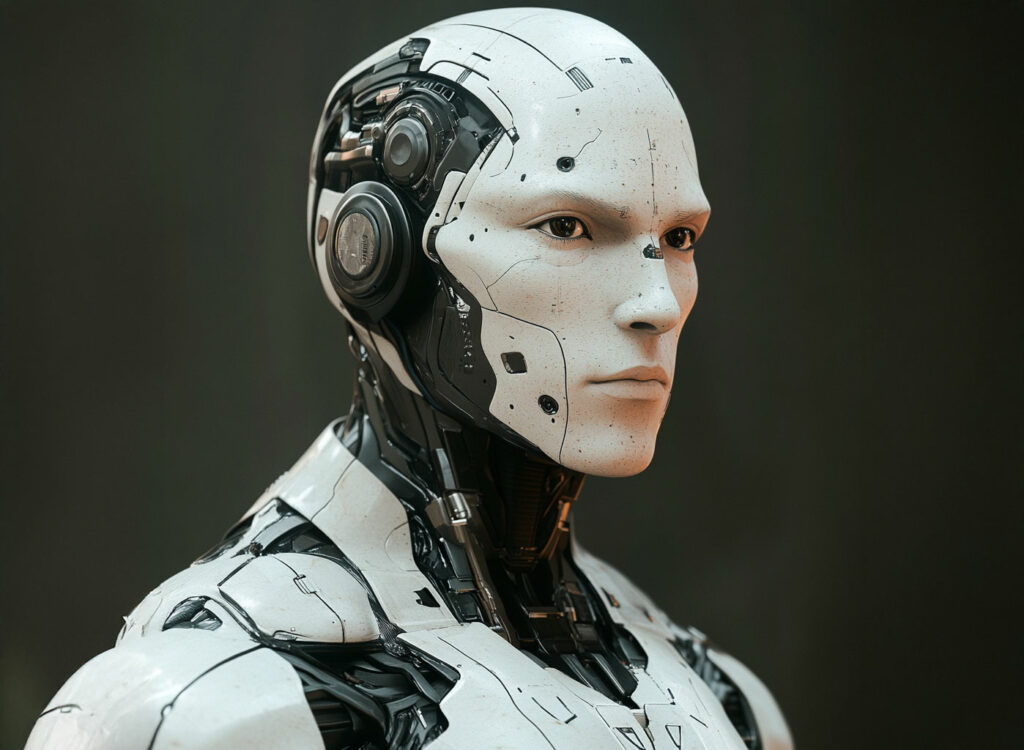
The Chang’e 8 lunar mission, scheduled for 2028, will test innovative technologies such as 3D printing and may include a humanoid robot.
China is preparing its Chang’e 8 lunar mission for 2028. This mission, destined for the Moon’s south pole, will incorporate cutting-edge technologies, notably to utilize local resources. The program includes 3D printing trials to transform lunar regolith into bricks, and experiments on terrestrial ecosystems. Among the new features, a humanoid-shaped robot could be included. This mission is part of China’s efforts to build an international lunar research station in the 2030s.
Chang’e 8: an ambitious mission to the lunar south pole
The Chang’e 8 mission, led by Wang Qiong, aims to explore and exploit lunar resources. Scheduled for launch in 2028, it focuses on in-situ resource utilization (ISRU) technologies. One of the main tests involves using 3D printing to create lunar regolith structures, a crucial innovation for future lunar facilities.
The landing site at the lunar south pole is strategically chosen for its wealth of volatile resources, notably water in the form of ice. These resources could be converted into oxygen or fuel for space missions. According to the Chinese Space Agency, these techniques aim to reduce dependence on supplies from Earth, a key issue for the viability of lunar bases.
Key figures:
- 3D printing could reduce the cost of lunar infrastructure by up to 90%.
- Transporting one kilogram of equipment to the Moon currently costs around 800,000 euros.

Advanced scientific equipment: from seismology to robotics
The Chang’e 8 lander is equipped with a wide range of scientific instruments. It includes :
- cameras for visual observation
- a telescope for astronomy,
- a seismometer to study lunar tectonic activity.
A deployable crane system will be used to place payloads on the lunar surface. A six-wheeled rover, derived from previous Chang’e missions, will map the terrain and collect samples using a panoramic camera, penetrating radar and infrared spectrometer.
Major innovation: a second, humanoid-shaped robotic vehicle is planned. Although its precise functions remain unclear, this technology could be used for complex autonomous tasks, such as assembling structures or maintaining equipment.
Scientific and technological consequences of the mission
The tests carried out as part of Chang’e 8 will have a considerable impact on lunar science and future exploration missions. 3D printing and experiments on terrestrial ecosystems could pave the way for self-sufficient colonies. These technological advances are also a lever for positioning China as a world leader in space exploration.
Economic impact:
- China’s space industry invests nearly 12 billion euros a year, and the results of this mission could boost sectors such as robotics and construction materials.
Geopolitical consequences:
- This mission marks a new stage in the space race. Together with Russia and other partners, China aims to build an international lunar research station in the 2030s.
Outlook: international lunar station in sight
Chang’e 8 is part of a broader program, with precursor missions such as Chang’e 7 in 2026. These initiatives are laying the foundations for the future International Lunar Station, an ambitious project designed to combine scientific research with the commercial exploitation of lunar resources.
With planned contributions from international partners, notably Russia, this station could become operational by the 2030s. It would provide a platform for advanced research and could play a key role in preparing manned missions to Mars.
The Chang’e 8 mission illustrates China’s growing ambitions in space exploration. With innovative technologies such as 3D printing and the integration of a humanoid robot, this mission lays the foundations for a lasting presence on the Moon. It also reflects the strategic importance of international cooperation in the conquest of space. In the decades to come, the Moon could become a key arena for scientific innovation and economic rivalry.
War Wings Daily is an independant magazine.